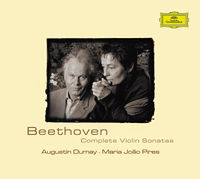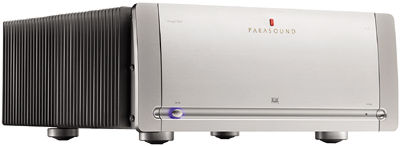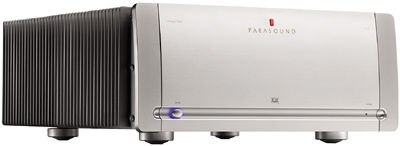We like to think that high-end audio is different because we take the time to audition how musical a piece of equipment is. But, in reality, we don't often first listen to everything we buy. Have you ever purchased a component before listening to it?
Klipsch Shifts Gears
Klipsch Shifts Gears
- Read more about Klipsch Shifts Gears
- Log in or register to post comments
The Corporate Music Threat
The Corporate Music Threat
- Read more about The Corporate Music Threat
- Log in or register to post comments
Added to the Archives This Week
Added to the Archives This Week
- Read more about Added to the Archives This Week
- Log in or register to post comments
Cablevision Dumping Wiz Stores
Cablevision Dumping Wiz Stores
- Read more about Cablevision Dumping Wiz Stores
- Log in or register to post comments
Recording of February 2003: Beethoven: Complete Violin Sonatas
Recording of February 2003: Beethoven: Complete Violin Sonatas

Parasound Halo JC 1 monoblock power amplifier Measurements
Parasound Halo JC 1 monoblock power amplifier Measurements

Parasound Halo JC 1 monoblock power amplifier Associated Equipment
Parasound Halo JC 1 monoblock power amplifier Associated Equipment

